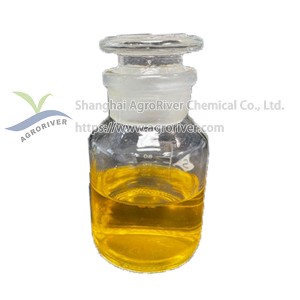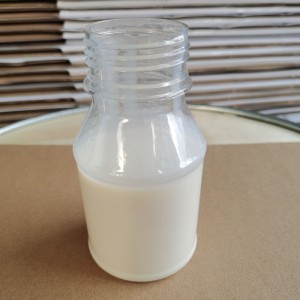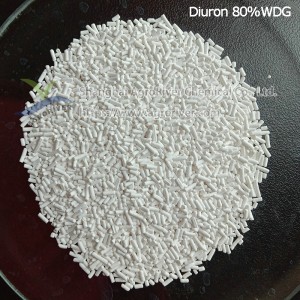Diquat 200GL SL Diquat dibromide monohydrate Herbicide
Products Description
Basic Information
Common Name: Diquat dibromide
CAS No.: 85-00-7; 2764-72-9
Synonyms: 1,1’-aethylen-2,2’-bipyridinium-dibromid;1,1’-aethylen-2,2’-bipyridium-dibromid[qr];1,1’-ethylene-2,2’-bipyridiniumdibromide[qr];1,1’-ethylene-2,2’-bipyridyliumdibromide;1,1’-ethylene-2,2’-bipyridyliumdibromide[qr];DIQUAT DIBROMIDE D4;ethylenedipyridyliumdibromide[qr];ortho-diquat
Molecular Formula: C12H12N2Br2 or C12H12Br2N2
Agrochemical Type: Herbicide
Mode of Action: disrupting cell membranes and interfering with photosynthesis. It is a non-selective herbicide and will kill a wide variety of plants on contact. Diquat is referred to as a desiccant because it causes a leaf or an entire plant to dry out quickly.
Formulation: diquat 20% SL, 10% SL, 25% SL
Specification:
|
ITEMS |
STANDARDS |
|
Product name |
Diquat 200g/L SL |
|
Appearance |
Stable homogeneous dark brown liquid |
|
Content |
≥200g/L |
|
pH |
4.0~8.0 |
|
Water insolubles, % |
≤ 1% |
|
Solution stability |
Qualified |
|
Stability at 0℃ |
Qualified |
Packing
200L drum, 20L drum, 10L drum, 5L drum, 1L bottle or according to client's requirement.
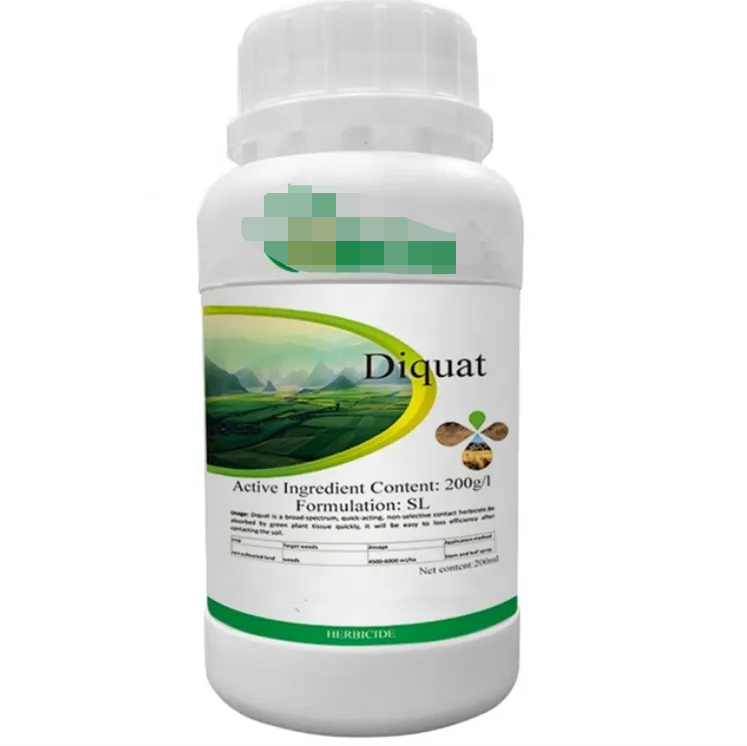
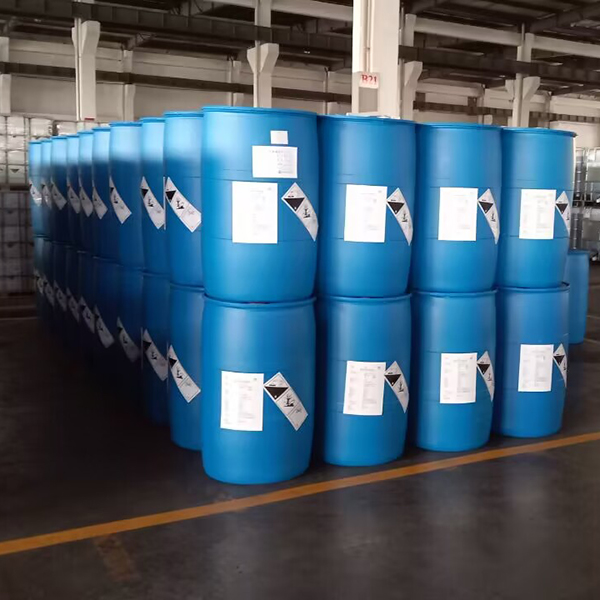
Application
Diquat is a non-selective contact-type herbicide with slight conductivity. After being absorbed by green plants, the electron transmission of photosynthesis is inhibited, and the bipyridine compound in the reduced state is quickly oxidized when the aerobic presence is induced by light, forming an active hydrogen peroxide, and the accumulation of this substance destroys the plant cell membrane and withers the drug site. Suitable for weeding of plots dominated by broad-leaved weeds;
It can also be used as a seed plant desiccant; It can also be used as a withering agent for potatoes, cotton, soybeans, corn, sorghum, flax, sunflowers and other crops; When treating mature crops, the green parts of the residual Chemical and weeds dry out quickly and can be harvested early with less seed loss; It can also be used as an inhibitor of sugarcane inflorescence formation. Because it cannot penetrate the mature bark, it has basically no destructive effect on the underground pole stem.
For crop drying, the dosage is 3~6g active ingredient/100m2. For farmland weeding, the amount of no-tillage weeding in summer maize is 4.5~6g active ingredient/100m2, and the orchard is 6~9 active ingredient/100m2.
Do not spray the young trees of the crop directly, because contact with the green part of the crop will cause drug damage.




